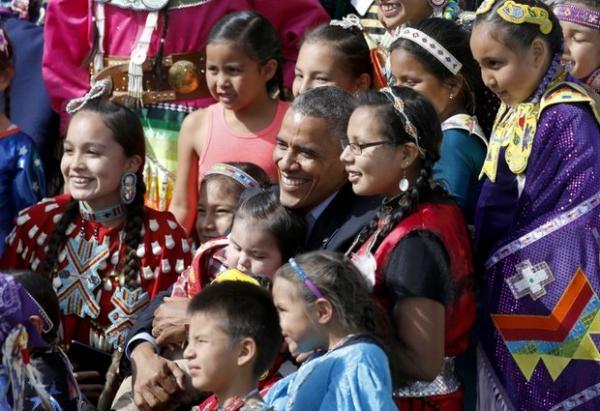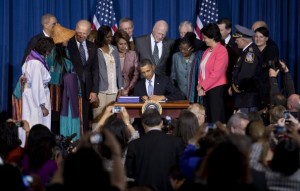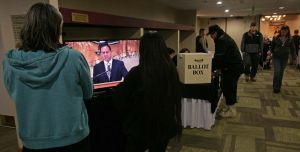Source:WHITE HOUSE MEDIA RELEASE
The U.S. Department of Education today announced the availability of an estimated $3 million in grants to help Native American youth become college- and career-ready. Funding for the new Native Youth Community Projects is a key step toward implementing President Obama’s commitment to improving the lives of American Indian and Alaskan Native children. The new grants will support the President’s Generation Indigenous “Gen I” Initiative launched last year to help Native American youth.
“We know that tribes are in the best position to determine the needs and barriers that Native youth face,” said U.S. Secretary of Education Arne Duncan. “The Native Youth Community Projects will allow tribal communities to come together to improve outcomes for students.”
In a Federal Register notice, the Department said it would award five to seven demonstration grants ranging from $400,000 to $600,000 to tribal communities before Sept. 30. The new program is based on significant consultation with tribal communities and recognizes that these communities are best-positioned to:
· Identify key barriers to improving educational and life outcomes for Native youth, and
· Develop and implement locally produced strategies designed to address those barriers.
Each grant will support a coordinated, focused approach chosen by a community partnership that includes a tribe, local schools and other optional service providers or organizations. For example, the program allows tribes to identify ways to achieve college and career readiness specific to their own communities – whether it’s early learning, language immersion or mental health services. Communities can tailor actions to address one or more of those issues. The success of these first projects will guide the work of future practices that improve the educational opportunities and achievement of preschool, elementary and secondary Indian students.
The President’s FY 2016 budget proposal calls for increased investments across Indian Country, including a total request of $20.8 billion for a range of federal programs that serve tribes – a $1.5 billion increase over the 2015-enacted level. The budget proposal includes $53 million for fiscal year 2016 – a $50 million increase from this year – to significantly expand the Native Youth Community Projects program.
For more on the Administration’s investment in Native American issues, visit https://www.whitehouse.gov/nativeamericans.










